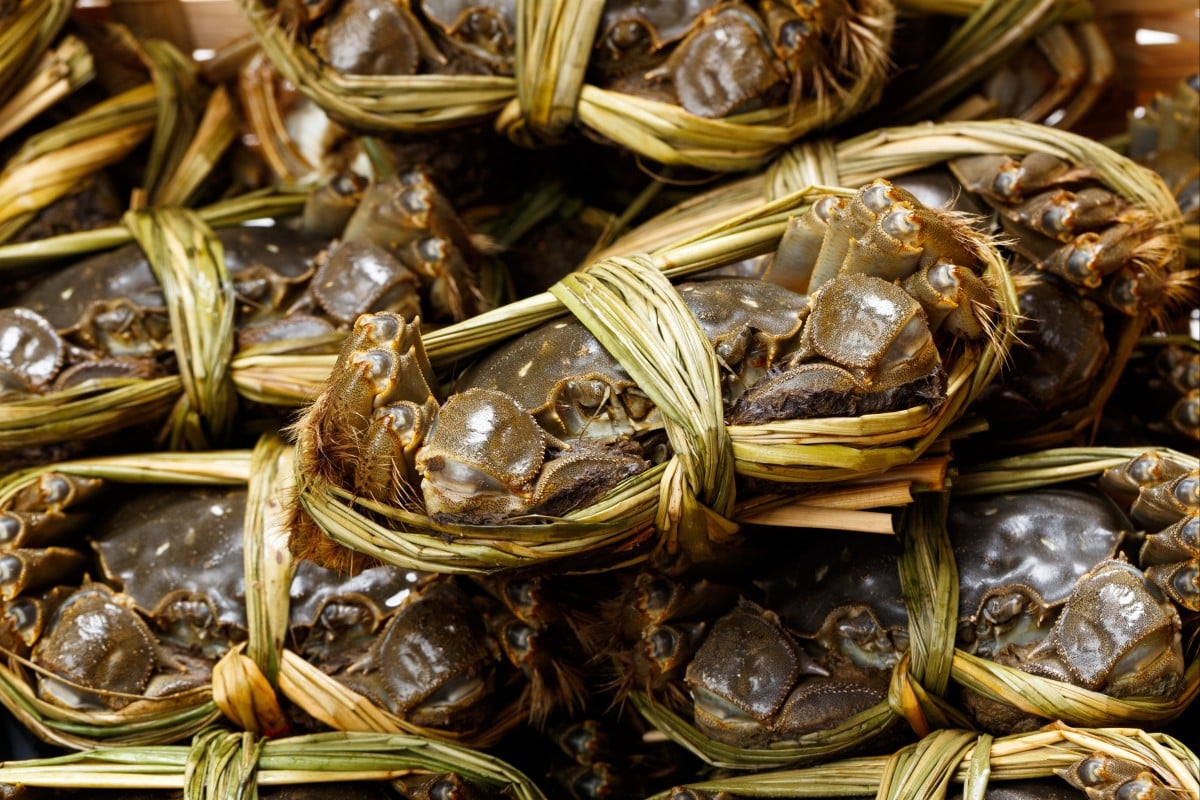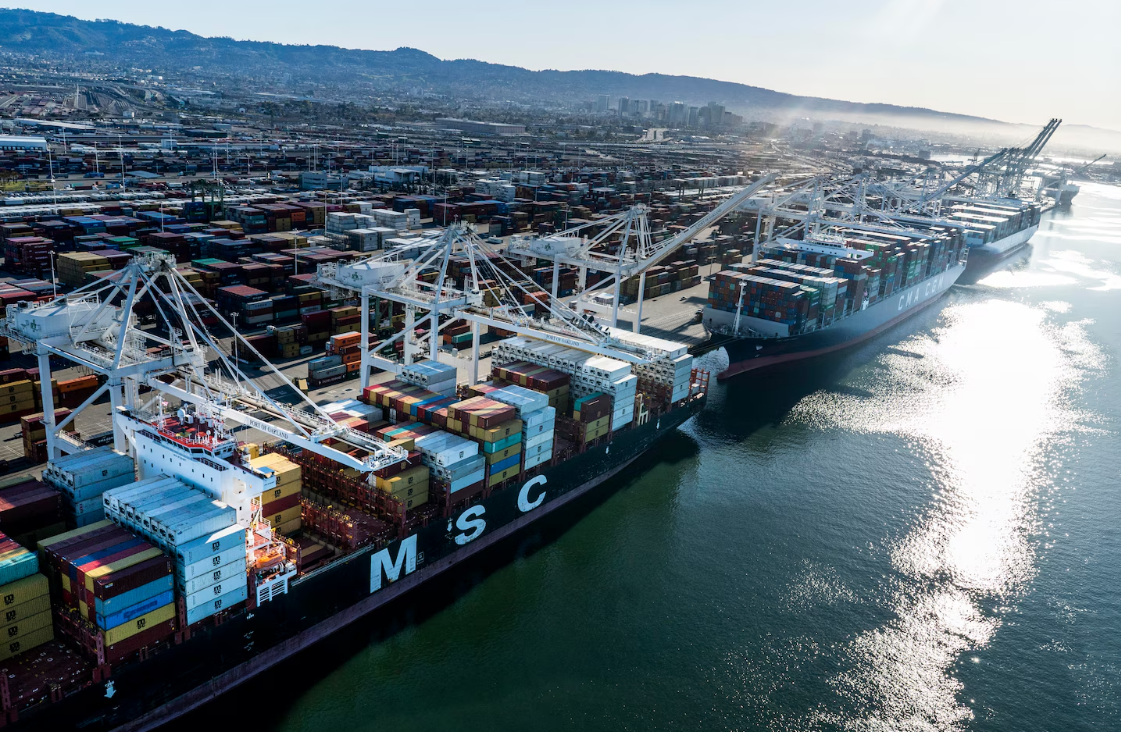Ban on Shanghai Hairy crabs reaffirms charges of toxicity in imported Chinese food products
There has always been global apprehension about the ill effects of food items imported from China, and the latest decision by Taiwan to ban imports of crabs from China due to traces of hazardous chemicals had substantiated the fears once again.1 Dioxin found in these Shanghai Hairy crabs is a cancer-causing chemical.The European Union’s investigations found a majority of the harmful plastic contact material exported to Europe originated from China, which had illegal additives.2 China has been known for producing and exporting food and other products that are unsafe and very harmful to human health.
The World Bank already raised concerns over unsafe food in China that it said added heavily to the global health and economic burden.3 It even launched a project to mitigate food safety risks and improve food management in China since the country identified as “a major food exporter and a hotspot for the emergence of foodborne diseases.” Different countries have time and again spoken about the potential toxicity and dietary risk of eating food and using materials that originated or manufactured in China.
A few years ago, reports of plastic rice made people anxious. Several videos of manufacturing of this synthetic rice– made from potato starch mixed with the copolymer styrene acrylonitrile—appeared from China.4 Styrene acrylonitrile, which is used in housewares and consumer goods, insulation material, and packaging material, cause irritation of the eyes and breathing passages. Taking serious cognisance, the European Union contemplated banning imports of all kinds of rice from China.5Similarly, garlic imported from China was found to be treated with methyl bromide, which is 60 times more harmful than chlorine.6
It is not the first time Taiwan has banned hairy crabs from China. It suspended the imports of these crabs in 2007 as well.7 Countries like Japan, South Korea, the US, and even Hong Kong had banned the imports of hairy crabs. Hong Kong-based Center for Food Safety had found cancer-causing chemicals –dioxins and dioxin-like polychlorinated biphenyls—in the hairy crabs from China. “If a person has consumed more than 14 large, contaminated hairy crabs, they would exceed their monthly intake limit of the (toxic)chemicals,” said Dr Philip Ho Yuk-Yin, a consultant at the Centre for Food Safety.8 Now, Taiwan has come up with the same arguments. Despite the Lunar Year celebrations around the corner, in which hairy crabs are a part of the traditional menu, Taiwan has been left with no option but to ban hairy crabs imports due to excessive levels of dioxin.
The US had banned the import of farmed seafood from China that was found to be contaminated with harmful chemicals and even animal faces.9 The water used for seafood farming carried sewage, industrial waste, and agricultural waste. A Chinese aquaculture farmer named Ye Chao said “Our waters here are filthy. They’re all discharging water here, fouling up other farms.” 10 Researchers in Hong Kong found heavy metals, mercury and flame retardants in the seafood that came from China.
Tilapia fish that had become popular in the US was found to be contaminated with poop as the Chinese fish farmers used poultry, sheep or hog manure as fish food.11 Similar findings came about the cod fish imported from China. Even shrimp, catfish, eel, basa, and dace shipped from China to the US had residues of anti-fungal malachite green and gentian violet or antibiotics known as nitrofurans—all carcinogens.12
The milk powder scandal of 2008 has rocked the world. Milk and infant formula were adulterated with the chemical melamine, which leads to kidney damage in infants. Since then, the imports of China-manufactured food items have seen a decline. China is known for having an inadequate and poor regulatory system for food production and management.13 Processed mushrooms, soy sauce, industrial salt, green peas, cabbage, apple juice, and tofu are among the products that have been red-flagged by importers worldwide.
1https://www.scmp.com/economy/china-economy/article/3205570/taiwan-rejects-tonnes-dioxin-ridden-hairy-crabs-mainland-china-ahead-lunar-new-year-feasts
2https://www.foodnavigator.com/Article/2022/12/13/from-potentially-dangerous-horse-meat-to-illegal-alt-plastic-eu-intercepts-food-fraud
3https://www.worldbank.org/en/news/press-release/2021/03/25/advancing-china-s-food-safety#:~:text=China%20bears%20a%20considerable%20share,of%20foodborne%20diseases%20in%20Asia.
4https://www.dailymail.co.uk/video/news/video-1355505/Chinese-companies-caught-producing-fake-rice-plastic-bags.html
5https://www.europarl.europa.eu/doceo/document/E-8-2016-000350_EN.html
6https://atchisonfarmers.market/2018/10/12/a-word-about-garlic-from-china/
7https://www.intrafish.com/news/china-taiwan-in-hairy-crab-spat/1-1-621427
8http://www.china.org.cn/china/2016-11/03/content_39627028.htm
9https://abcnews.go.com/Health/Healthday/story?id=4507743&page=1
10https://www.nytimes.com/2007/12/15/world/asia/15fish.html
11https://www.mcgill.ca/oss/article/nutrition-quackery/tilapia-and-poop-connection#:~:text=Tilapia%20in%20the%20wild%20feed,or%20hog%20manure%20to%20tilapia.
12https://usatoday30.usatoday.com/money/industries/food/2007-06-28-china-side-usat_N.htm
13https://www.scmp.com/magazines/post-magazine/long-reads/article/3116884/china-food-safety-threatened-increasingly-opaque
14https://www.top10homeremedies.com/news-facts/10-toxic-foods-made-in-china-dangerous-to-health.html












